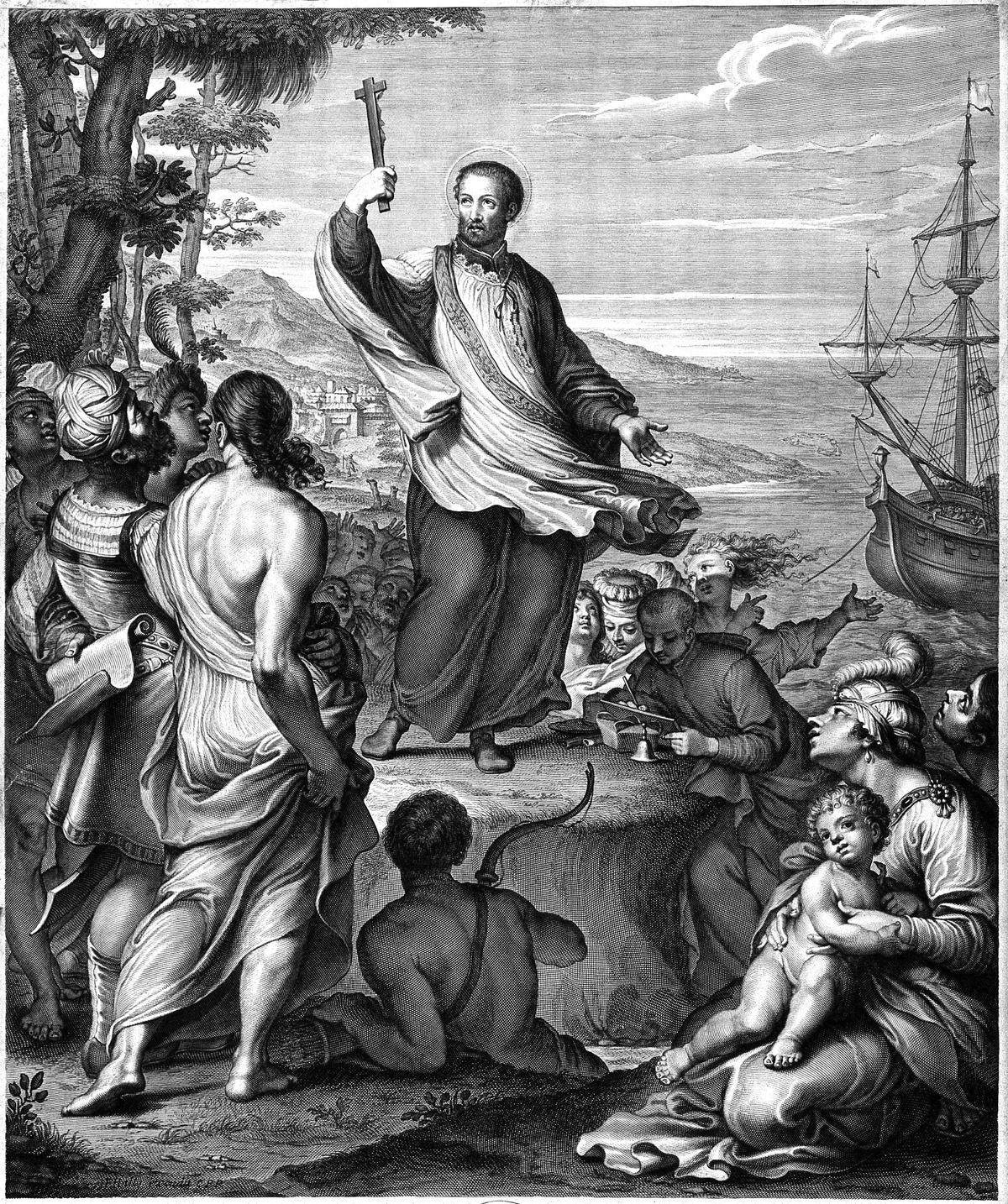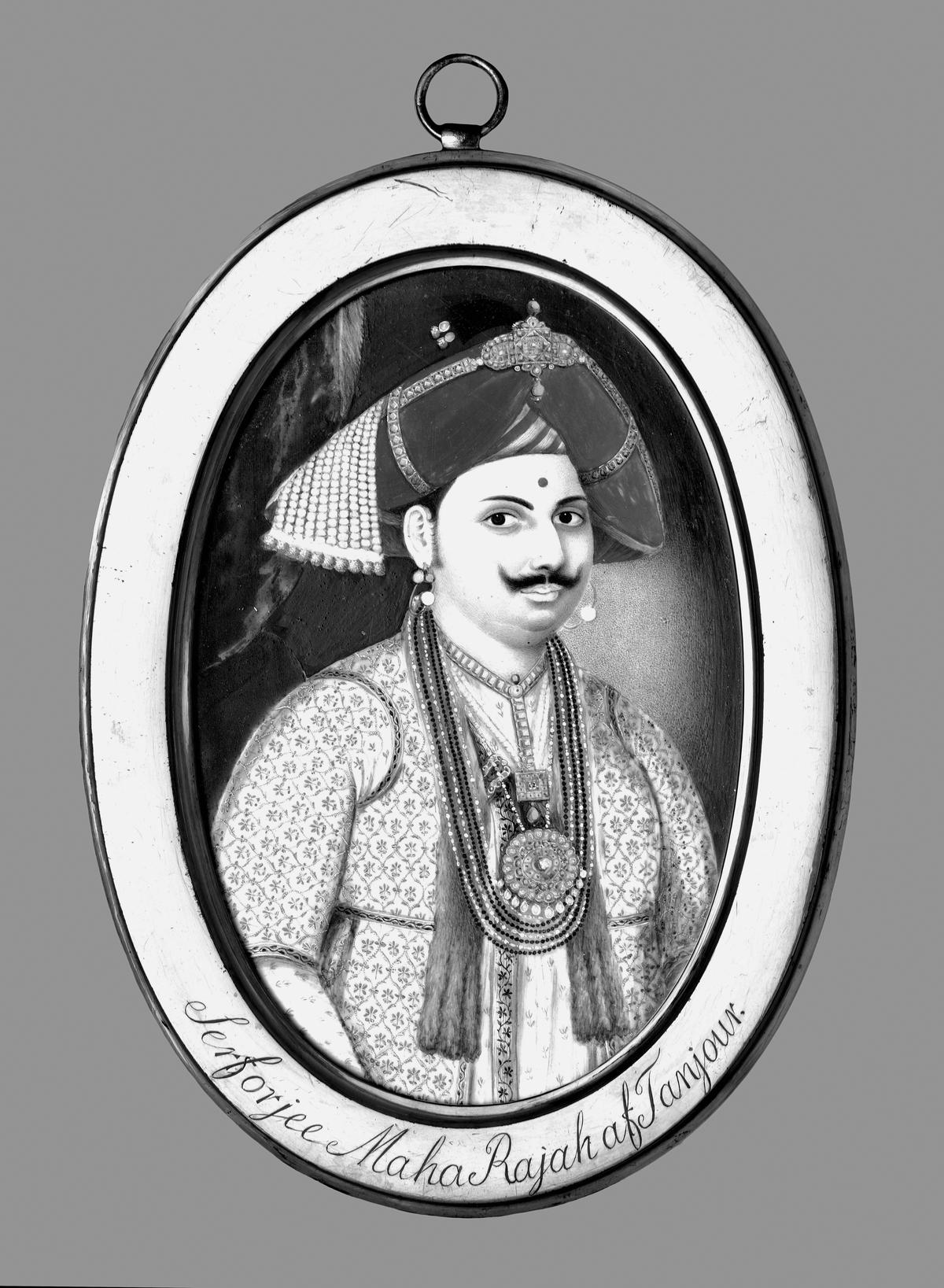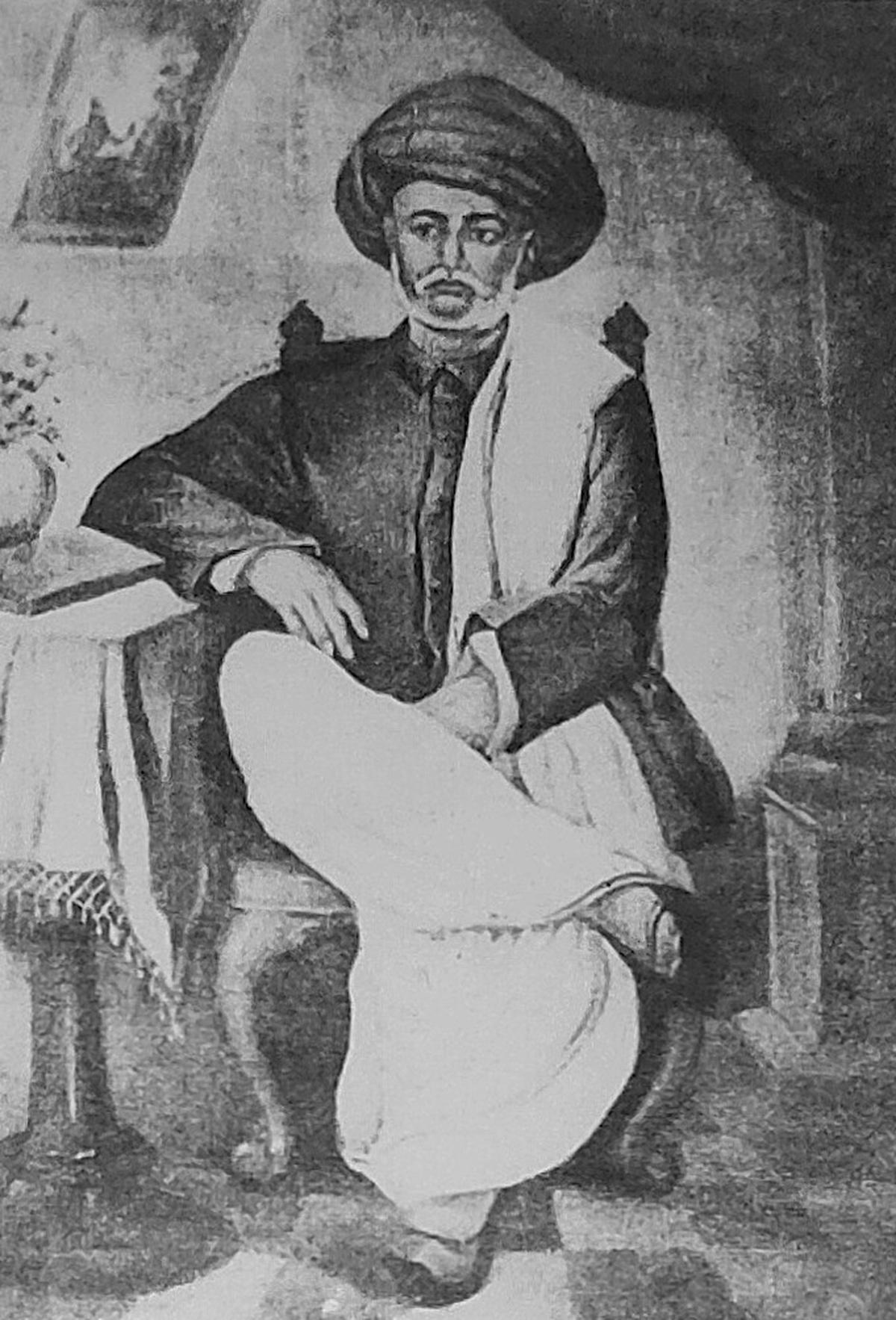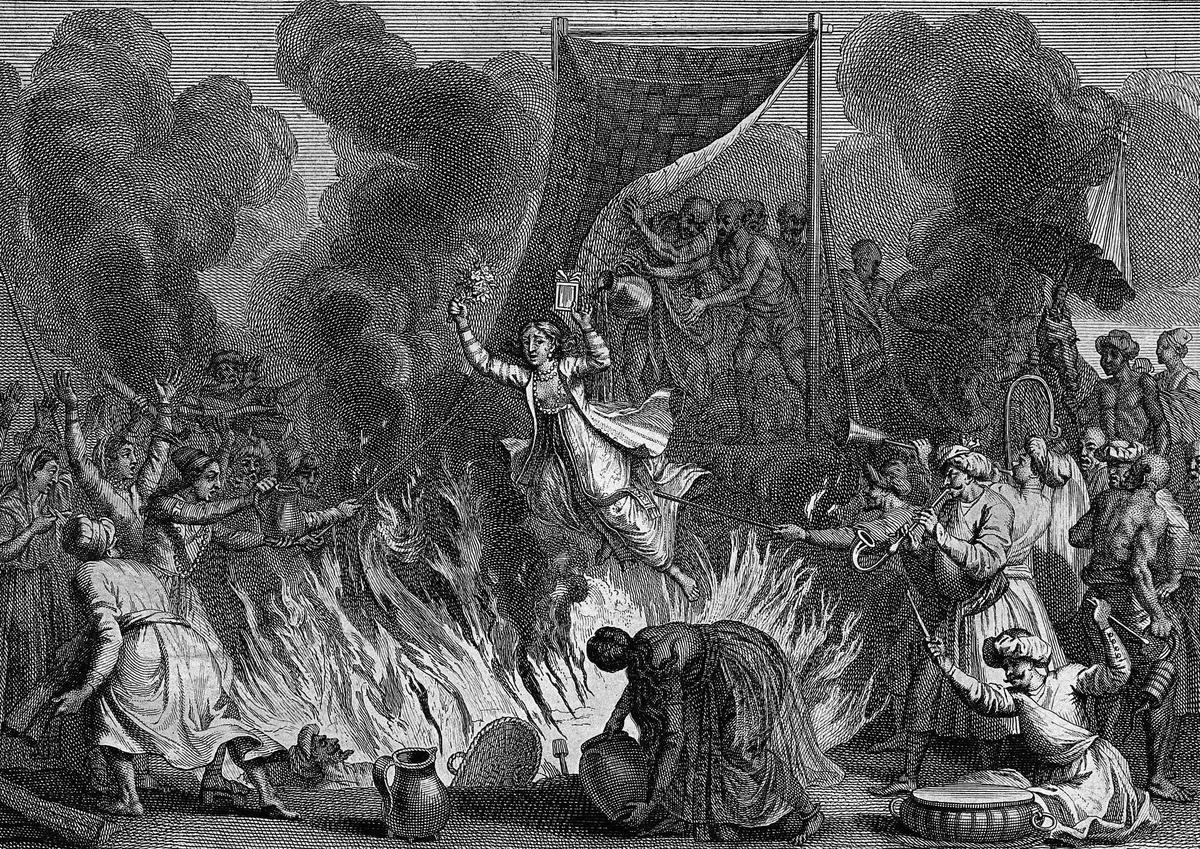
Manu Pillai
| Photo Credit: Special arrangement
Thickly researched, vividly narrated, and often witty, Gods, Guns and Missionaries is a compelling invitation to explore the historical origins of modern Hinduism. Driven by dispassionate curiosity, Manu S. Pillai’s latest book captures the complex ways in which religious identities are challenged and refashioned under duress.
Through biographical sketches of cosmopolitan rajahs, European missionaries, political personages like Raja Ram Mohun Roy, Jotiba Phule and V.D. Savarkar, the book takes readers across four tumultuous centuries of colonial India. While the stories are absorbing, the presentation is ambitious in its sweep and demands critical attention all the same. Excerpts from an interview.

Tell us about the title.
The word Gods signals competing ideas around divinity, both within Hinduism and in Hindus’ exchanges with outsiders. Guns is a reference to colonialism, which, in the book, is a complicated affair, full of flip-flops. For instance, British officials once went out of their way to respect Hindu ideas — smashing coconuts, donating jewels at temples — only for another generation to reject Hindu culture with contempt. And missionaries are the final element — a powerful but conflicted force — some of whom sought grudging accommodation with Hindus, others battle. In great measure, the interplay of these factors impacted the way we define Hinduism and the Hindu identity today, while also shaping Indian Christianity.

‘Francis Xavier preaching to Indians, seventeenth-century engraving by G. Edelinck after J. Sourley, from the Wellcome Collection.’
A recurring theme in the book is the rhetoric of idolatry and superstition — employed by Protestants against Catholics, by missionaries against Indian faiths. Do these anecdotes suggest that identifying religious essences was rendered futile by the globalisation of ideas?
Yes, in fact missionaries and Western intellectuals tried hard to identify the ‘core’ of Hinduism, partly because dynamics within European Christianity — the Protestant Reformation, for example — set off narratives of ‘pristine’, original faith contrasted against its ‘corrupted’ living form. Applying the same lens to Hinduism, Europeans tried to distil ‘pure’ Hinduism and its essence from Hindus’ actual religious life. In hindsight it seems foolishly simplistic and historically deaf. Yet many Indian reformers too, exposed to Western thought, internalised these notions. Even as they stood up to missionaries, they borrowed missionary language to castigate fellow Hindus for jettisoning ‘original’ Hinduism. What is it that made Hindus Hindu? This quest paves the way to Savarkar’s Hindutva.

‘Serfoji II of Tanjore (1800), courtesy of the National Museum of Denmark.’
One of my favourite characters was Serfoji of Tanjore, a bibliophile who synthesised the best of modernity and tradition. How rare were such personalities?
Indian rulers’ engagement with modernity is a fascinating subject, and yet Serfoji is quite singular for his sheer range of interests, despite circumscribed authority. I first learnt of his achievements from Indira Viswanathan Peterson, who shared the manuscript of her forthcoming biography. The rajah’s career demonstrates how a Hindu with agency could blend European ideas and scientific knowledge with Indian culture. But why just princes? There were commoners too: intellectuals disseminating scientific learning through translations; men who as early as the 1840s articulated a critique of colonialism using English and Western ideas while equally asserting Hinduness, and so on.
‘Royal procession of Serfoji, c. 1800–1810, from the bequest of Edwin Binney,
Los Angeles County Museum of Art (LACMA).’
| Photo Credit:
rawpixel.com
The origins of pan-regional Hinduism seem to stem from the Puranas, whose pre-modern storytelling continues to shape our present. How was this narrative lineage transformed by modernity?
There is an opinion that Hinduism was ‘invented’ in the 19th century, before which there were merely disconnected cults. I do not subscribe to this view. The Puranas, for one, seek to tie the regional with the pan-Indian, featuring an impulse towards unity — an all-encompassing explanatory framework for India’s many traditions. Compared to religions of the book, this is a different evolution. What modernity did was to introduce — thanks to colonialism, the printing press, etc — a new mould of conceptualising religion. And Hindu thinkers attempted to fit Hinduism into this mould. This was not ‘invention’ as much as adaptation; a defence mechanism in a time of political prostration. Yet such adaptation was only possible because elements existed within Hinduism to support it; becoming a modern ‘ism’ did not seem all that odd to Hindus.

Jotiba Phule
| Photo Credit:
Special arrangement
You compare two very different personalities, Phule and Savarkar, observing that they yoked history to unscholarly politics. Might this not be a false equivalence? After all, Savarkar came decades after Phule, and history as a discipline had evolved. Savarkar encountered expansive libraries, intellectual luxuries that Phule never accessed.
It is only a passing remark, and the idea is not to draw an equivalence as much as to remind the reader how, for political and social activists — then as today — history was not so much a subject of dispassionate study as a means to energise their ideas. Phule’s reading of history empowered his anti-Brahminism; Savarkar read history to amplify political Hinduism. And much as Savarkar’s work was dismissed by Jadunath Sarkar, so too Phule was compared (sarcastically) to the English historian Edward Gibbon by a critic. This suggests his contemporaries did have some understanding of history as more than an instrument of politics. But it also begs the question: Can there ever be such a thing as truly dispassionate history?

‘A woman committing sati, engraving by Bernard Picart (c. 1730), from the
Wellcome Collection.’
Gods, Guns and Missionaries; Manu S. Pillai, Allen Lane, ₹999.
The interviewer is a New India Foundation fellow. His book Rama Bhima Soma will be out later this year.
Published – November 22, 2024 09:02 am IST
